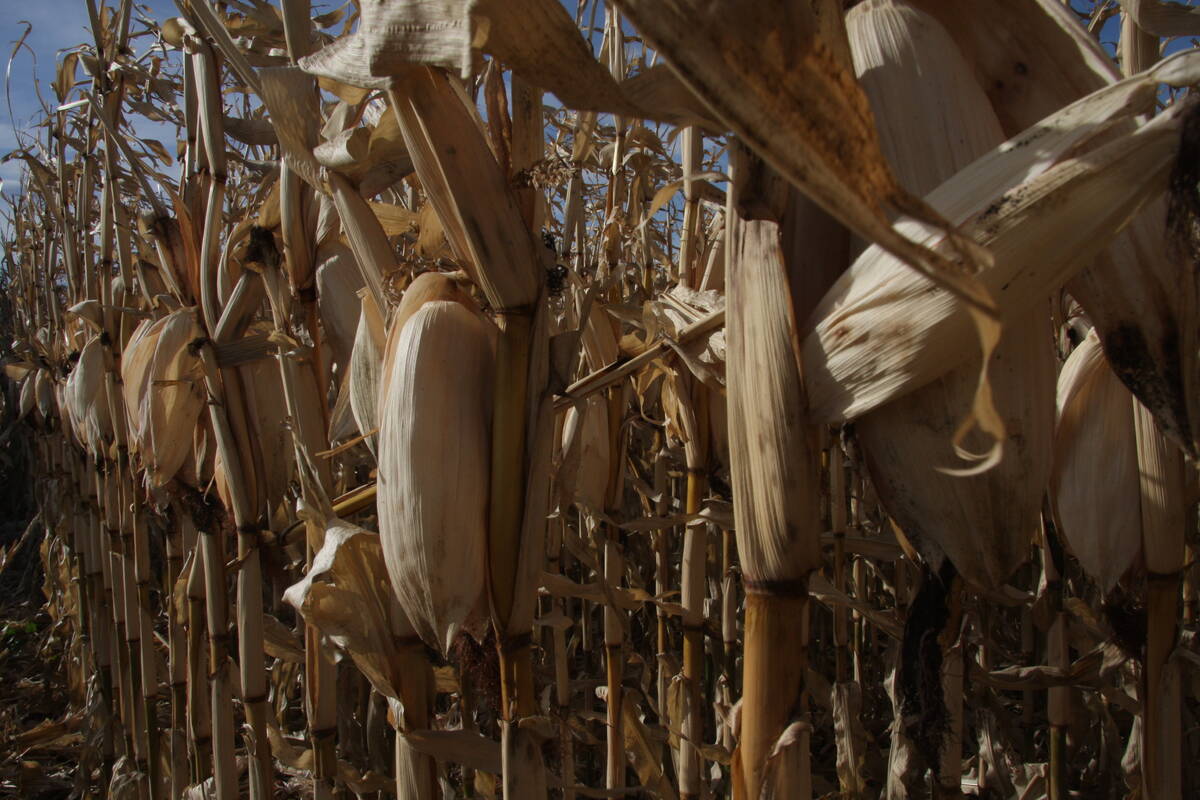December corn futures are trading at contract lows as the prospects for a record large corn crop pressures prices.
The United States is not the only country that is expected to produce a large corn crop this year.
China is also in the process of increasing output to yet another record this year of 295 million tonnes.
Read Also

Russian wheat exports start to pick up the pace
Russia has had a slow start for its 2025-26 wheat export program, but the pace is starting to pick up and that is a bearish factor for prices.
Brazil is still harvesting its 2024-25 crop, which is expected to be the second largest crop on record.
It should come as no surprise that feedgrain supplies are expected to be a record in the 2025-26 crop year, with the U.S. Department of Agriculture forecasting 1.55 billion tonnes. This is up by 45 million tonnes from last year’s output.
Corn comprises more than 80 per cent of global feedgrain production, and the large crops around the world are driving it to record levels. Unfortunately, this increase in supplies is also pushing prices lower for feedgrains.
Brazil’s harvest of the 2024-25 crop is nearing completion in Mato Grosso with 90 per cent of the crop in the bin. At the same time, the southern states are harvesting their second corn crop with harvest progress placed at 68 per cent.
Total corn production in Brazil is expected to hit the 132 million tonne mark, which is up by 13 million tonnes from last year. Brazil will provide strong export competition for U.S. corn over the next six months.
The USDA expects American 2025-26 production to reach a record 15.7 billion bushels (399 million tonnes).
The department’s yield forecast of 181 bushels per acre appears to be conservative with most trade estimates closer to 185 bu. per acre.
A 185 bu. per acre yield would push production just above 16 billion bu.
The combination of a record crop in the U.S. and strong export competition from Brazil will drive global corn prices lower.
Futures markets are beginning to respond to the increased global corn supplies.
December corn futures are currently testing contract lows and are trading just above the US$4.10 per bu. level. The harvest lows in the futures market are most definitely moving below the $4 per bu. level.
The bad news is that the large corn crop will also affect feedgrain prices in Western Canada.
Canadian barley production is expected to be similar to last year, but corn imports are expected to pressure prices in Western Canada. That is not good news for Canadian barley producers.















